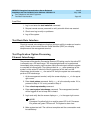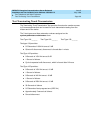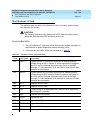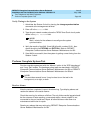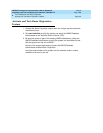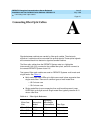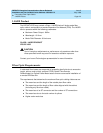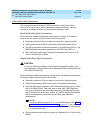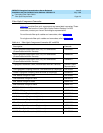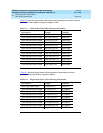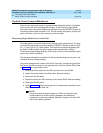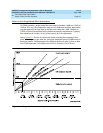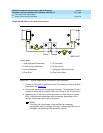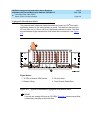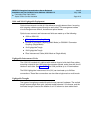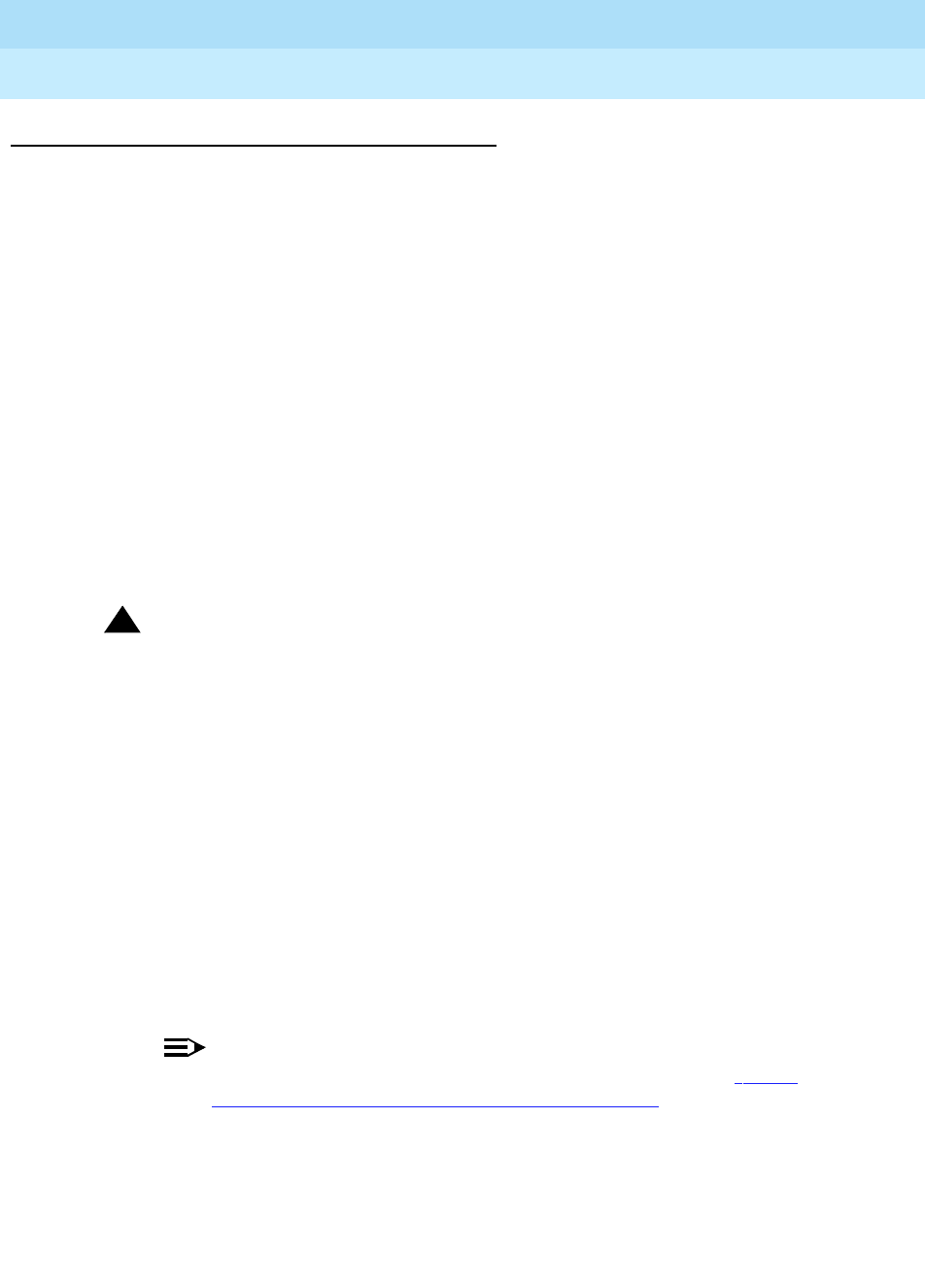
DEFINITY Enterprise Communications Server Release 6
Installation and Test for Multi-Carrier Cabinets
555-230-112
Issue 5
May 1998
Connecting Fiber Optic Cables
Page A-3Fiber Optic Requirements
A
Fiber Optic Cable Connections
The Customer Service Document (CSD) provides an “Inter-Carrier Cable
Running List.” Each row on the list represents a cable connection. Use the
running list to determine where to connect each fiber optic cable.
Multi-Mode Fiber Optic Connections
Multi-mode fiber cables are generally colored gray or orange. The following
components are used in multi-mode fiber optic connections:
■ Expansion Interface (EI) circuit packs in port slots in cabinet carriers
■ Switch Node Interface (SNI) circuit packs in the Switch Node Carrier
■ The 9823A lightwave transceiver transmits up to 4,900 feet (1500 m). The
9823B lightwave transceiver transmits up to 25,000 feet (7600 m).
■ Multi-mode fiber optic cable consisting of 2 separate 62.5 micron or 50
micron core fiber optic cables.
Single-Mode Fiber Optic Connections
!
CAUTION:
Do not use Dispersion Shifted or Wave Diversion Multiplexing fiber. Use
only dispersion unshifted fiber such as Depressed Clad and Matched Clad
fiber (EIA/TIA Class IVa).
Single-mode fiber cables are generally colored yellow. The following components
are used in single-mode fiber optic connections:
■ Expansion Interface (EI) circuit packs in port slots in cabinet carriers
■ Switch Node Interface (SNI) circuit packs in the Switch Node Carrier
■ The 300A lightwave transceivers. Each 300A transmits light up to 115,000
feet or 22 miles (35 km). Fiber loss must be less than 17dB. Saturation
may occur if distances are short; attenuators may be required if the total
loss on the fiber link is less than 10dBm. An OTDR or Optical Power Meter
test is recommended to determine specific fiber optic hardware
requirements.
NOTE:
Using the 300A may require 5, 10, or 15dB attenuators. See ‘‘When
to Use Single-Mode Fiber Attenuators’’ on page A-7. Also, contact
your Lucent Technologies representative for attenuator requirements
on single-mode links.
■ Single-mode fiber optic cable consisting of 2 separate 8 to 10 micron core
cables.



